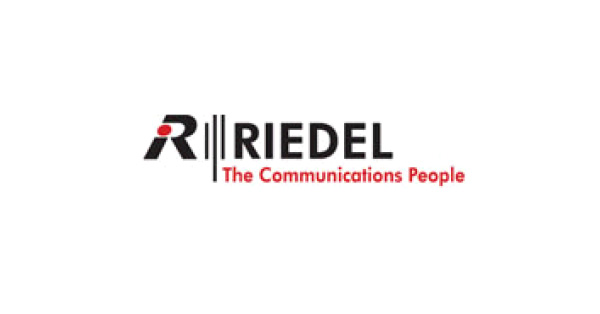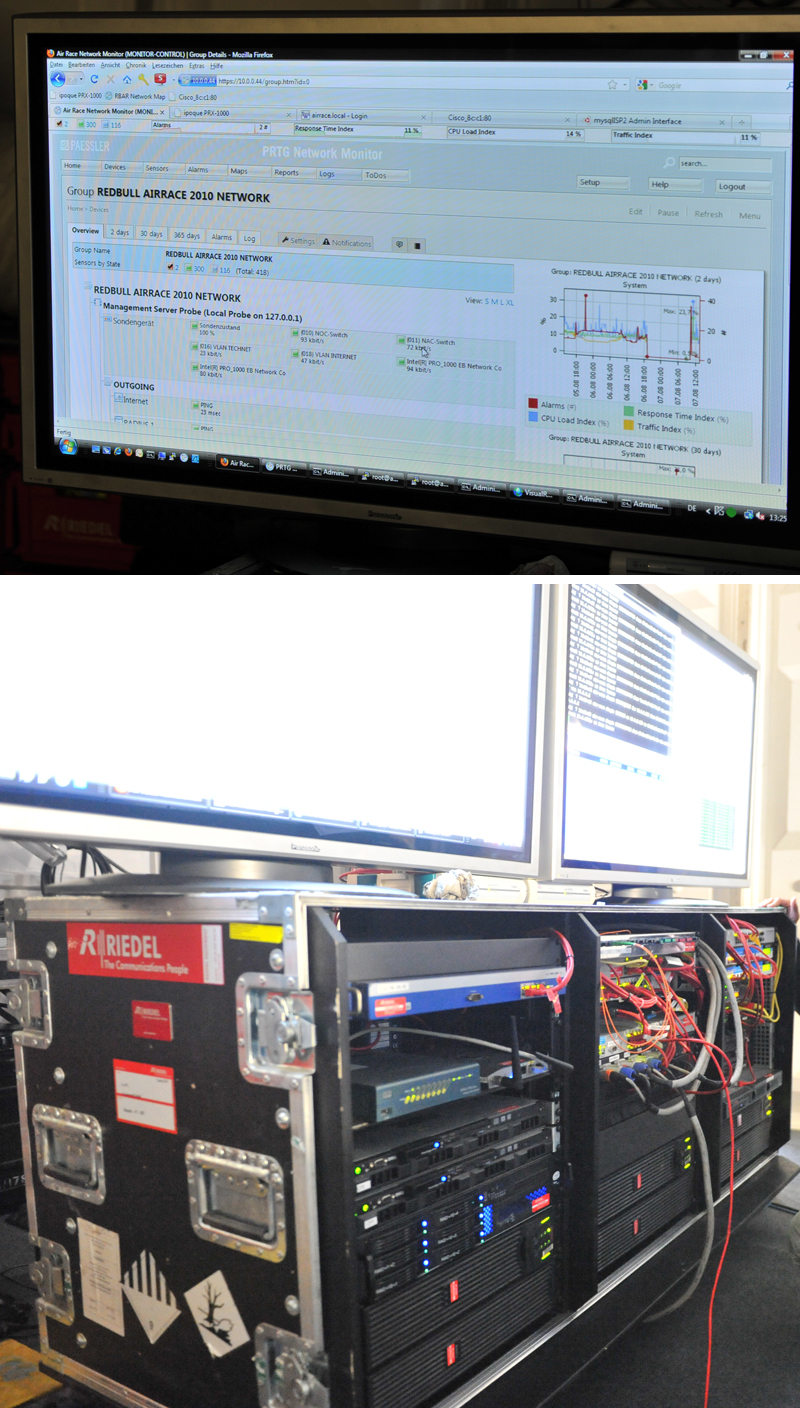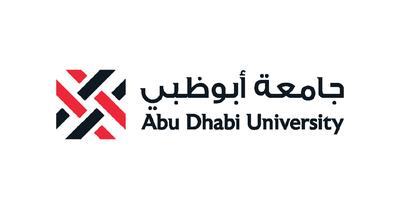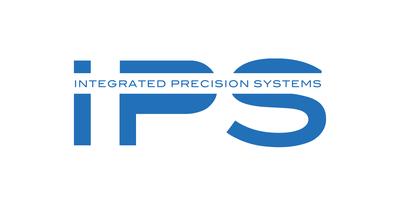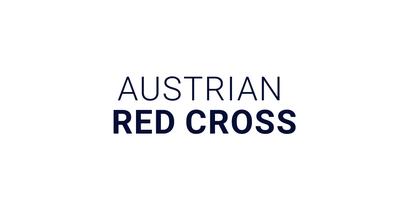Riedel Communications starts with co-pilot Paessler PRTG at the Red Bull Air Race
About Riedel Communications
Riedel Communications GmbH & Co.KG, a company based in Wuppertal, Germany, has been developing, manufacturing, and marketing state-of-the-art intercom, fiber, audio, and radio technology for industrial companies, radio broadcasters, and theaters since 1987. The company also provides technical equipment and services for major events. Riedel Communications technology has been used all over the world, including at the Olympic Games, the FIFA World Cup, the Bregenzer Festival in Austria, and Formula 1 races. In addition to its headquarters in Germany, the communications specialist has a total of nine other locations in Europe, Asia, North America, and Australia.
The Red Bull Air Race is the Formula 1 of the air. Every year, thousands of aviation enthusiasts make the trip to the famous event, where they can follow the “heroes of the air” in their cockpits on large screens around the grounds. All this requires a massive technical undertaking in the background. Riedel Communications provides a customized IT and communications infrastructure to ensure everything runs smoothly.
In particular, Riedel uses PRTG Network Monitor from Paessler to monitor all IT functions and the transmission of all relevant data.
The Red Bull Air Race is synonymous with extremely high speeds, jaw-dropping acrobatic aerial maneuvers, and incredible precision. The pilots must be fast, accurate, and extremely efficient. The same goes for the technical equipment, which includes the IT and communications infrastructure, networks, wireless network connections, and video transmissions from the planes. Failures caused by technical errors can significantly affect the racing experience – as well as the event.
For seven years now, Riedel Communications has been the official provider for the Red Bull Air Race World Championship, a sporting event that has won two Emmy Awards. Riedel, a leading manufacturer of intercom, fiber, and audio systems, and one of the largest rental service providers in the world, is responsible for all the wired and wireless communication for the event. This includes the distribution of all the audio and HD video signals, as well as the wired and wireless intercom systems. Riedel is also responsible for the HD cameras onboard the aircraft (including the wireless video connections), which provide breathtaking images from the cockpits.
The company relies on PRTG network monitoring software from Paessler to monitor the quality of the lines in this complex, expansive network.

“At the end of the day, we went with PRTG. The software is extremely easy to use, and comes with the full range of network monitoring functions (WMI, SNMP, ICMP, etc.), regardless of the number of sensors included in your license. Compared to other commercial monitoring tools, PRTG performed the best in our tests.”
Jonathan Salim, IT Motorsport Engineer, Riedel Communications
Red Bull Air Races require reliable technology
The very first Red Bull Air Race took place in Abu Dhabi in 2005. Since then, ten races have been held every year at various locations around the world. An airport (with a tower) is set up especially for the race, as well as a course with pylons erected in the sea or across large spaces. The pilots must maneuver through the course while making as few mistakes as possible. In addition to speed, aerial acrobatics and precision are taken into account for the scoring.
During the race, the teams and spectators on site – as well as the viewers at home – are kept abreast of the action by way of live images from the airplanes, lap times, real-time analyses, and more. For the IT specialists in charge of the event, this demanding task primarily consists of setting up wireless video in HD and ensuring the quality of the transmissions, as well as installing and managing an infrastructure comprised of wired and wireless (radio) communication. In addition, the connections from the planes to the tower or large screens, as well as for the television transmission, must continually be maintained. At such high speeds, flight maneuvers (such as loops) and quick changes in altitude can lead to interference in the wireless connections. Seamless monitoring is therefore vital to ensuring the entire IT infrastructure (including systems) always runs smoothly.
For Riedel Communications, only one tool could provide such a guarantee: PRTG, a monitoring solution developed by Paessler AG. PRTG keeps a constant eye on all networks in the infrastructure, and immediately alerts the people in charge if failures occur or predefined threshold values are exceeded. With PRTG, the on-site teams can quickly intervene at the slightest sign of a deviation. The software evaluates the collected data and generates analyses that help the teams to optimize resources.
During the Red Bull Air Race at the Eurospeedway in Lausitz, PRTG continually monitored the line quality of a self-sustaining network, including all switches, packet loss, and two 300 MB full-duplex radio systems. 680 sensors (SNMP and ping) were used to keep an eye on transfer rates and availability. Using the data collected by these sensors, PRTG was able to generate real-time analyses to constantly keep the IT team up to date on the status of the technology.
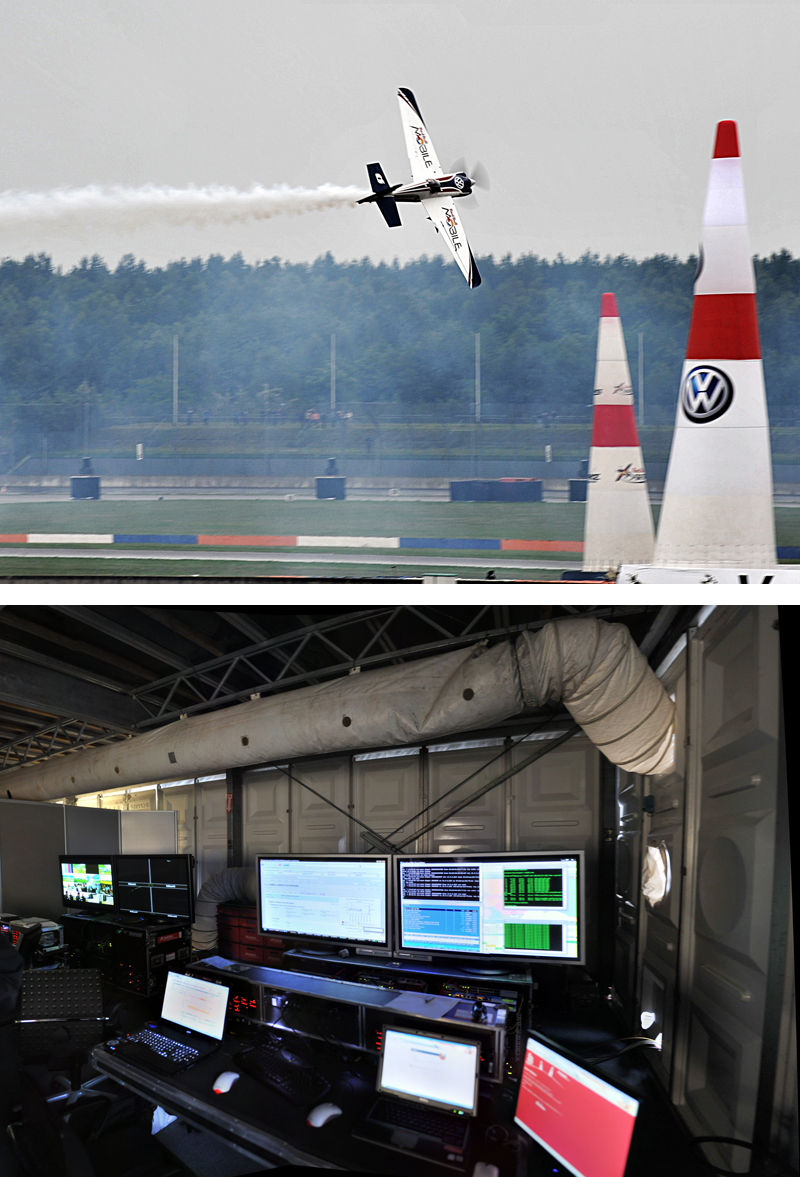
The selection process
Thanks to its outstanding price-performance ratio compared to other tools, PRTG quickly became the forerunner in Riedel’s search for a monitoring tool. After all, the network monitoring solution from Paessler offers something truly unique: unlike other leading tools, each of its licenses comes with the software’s full range of monitoring features. For the IT team at Riedel, this advantage alone made the evaluation process go much faster.
Jonathan Salim, System Administrator at Riedel, explains: “We really toiled through the selection process, evaluating everything from open-source tools to management suites.” One such tool was the open-source solution Cacti, which promised the company quick, comprehensive, and convenient monitoring. Cacti would allow for devices to be quickly connected to the system via SNMP. In addition, with a small shell or Perl script, even exotic data (e.g., from a weather station used by Riedel) could be monitored with ease. On the other hand, the IT managers at Riedel were disappointed with the tool’s lack of alert and threshold functions. Installing the tool on a Windows system was also a bit tricky.
Another monitoring solution “in the race” was Nagios. Riedel was impressed by the quick and easy, template-based configuration of this tool. What’s more, the tool came with several ready-made features, including an add-on for iPhones. However, Nagios was unable to offer a functional web interface. The Nagios web interface is only used to display statuses, but not to configure the system. “With Nagios, if admins want to monitor additional services or systems, they have to continually (and manually) make changes in text configuration files. In addition, Nagios lacks adequate database connectivity,” explains Salim.
Riedel also tested ntop, but was unimpressed with the graphics of this network monitoring tool. ntop uses the WinPcap packet driver in Windows. Packets are analyzed in terms of senders, recipients, TCP/IP ports, protocols, and volumes, and stored in a database. But for an event production company like Riedel Communications, this proved to be insufficient.
“Thanks to the custom configuration of PRTG, names were given to all the devices and switch ports in our system. During patching, it’s therefore already clear which port has to be plugged in – and how. Our technicians can finally do away with elaborate labels, installation plans, device lists, and other tedious paperwork.”
The flexible and mobile monitoring of all IT
Customizable software, PRTG allowed Riedel to configure the monitoring of its complex networks entirely in accordance with its own specifications and needs. The company was able to create a structured IT monitoring environment that links all areas and devices, from the hangar to the printers.
Riedel deploys two main types of sensors for this: Ping and SNMP. These sensors are used to monitor transmission rates and availability. Riedel’s dynamic traffic management system, which connects all the devices to the Internet, distributes the available bandwidth to up to 400 users and thereby optimizes the 100 Mb Internet connection used for the Air Race. Another advantage: PRTG comes with SSH sensors, allowing for Riedel’s many Linux-based devices to be conveniently included in the monitoring.
Riedel’s network managers benefit from the wide range of alerting options offered by PRTG, including email, SMS/pager notifications, syslog, the triggering of .EXE files, and more. Alerts can even be customized to include dependencies. Example: If the server is “down,” an alert can only be triggered for the server, and not for every application running on it. The ability of PRTG to customize reports, generate detailed analyses, and store historical data for long-term optimizations has also proven extremely useful to Riedel.
Jonathan Salim continues: “Thanks to the custom configuration of PRTG, names were given to all the devices and switch ports in our system. During patching, it’s therefore already clear which port has to be plugged in – and how. Our technicians can finally do away with elaborate labels, installation plans, device lists, and other tedious paperwork.”
In addition, the users from the audio, wireless video, intercom, and radio teams each have their own PRTG accounts, as do the IT technicians. The IT team is divided into one “superuser” and four other user groups. Each login is monitored using a combination of RADIUS and SQL databases (four redundant systems). With the PRTG app for iOS, employees from the video, audio, project management, and IT teams can access the monitoring tool at any time via a VPN connection on their iPhones, thereby allowing them to resolve potential issues while away from the site of the event.
This feature has quickly become a favorite among administrators as it allows them to take action from anywhere, thereby reducing stress considerably. Finally, in order to ensure the quick and easy setup of the monitoring environment at every race, PRTG is directly preconfigured on Riedel’s systems.
Conclusion
Jonathan Salim summarizes his extremely positive experience with the Paessler tool: “PRTG has exceeded all our expectations, and is now the primary tool used by all Air Race teams to monitor all areas of IT. The most astonishing thing about this software is its ability to reliably monitor our entire, complex network and immediately inform us of issues. Email notifications can now be sent directly to the individual on-site teams (instead of to IT), who subsequently process the alert or try to reach the appropriate engineer.”
Above all, Riedel Communications was impressed with the software’s quick and easy setup of the entire IT infrastructure monitoring environment. Thanks to custom configuration possibilities, PRTG lets Riedel keep a constant eye on its highly branched network.
Riedel also relies on PRTG for other major events, and plans to expand its use of the tool in the future.
Get to know more happy PRTG customers
Customer success story Abu Dhabi University & PRTG
With PRTG undertaking the day-to-day monitoring, the IT team at Abu Dhabi University now has more time for strategic projects. ➤ Read the complete customer success story now!
Customer success story Integrated Precision Systems & PRTG
PRTG helps Integrated Precision Systems keep their clients’ networks online, reducing emergency situations and increasing revenue. ➤ Read the complete customer success story now!
Customer success story Austrian Red Cross & PRTG
PRTG provides the Austrian Red Cross with reliable and resource-saving monitoring of the processes and services of the blood center in Linz. ➤ Read the complete customer success story now!
